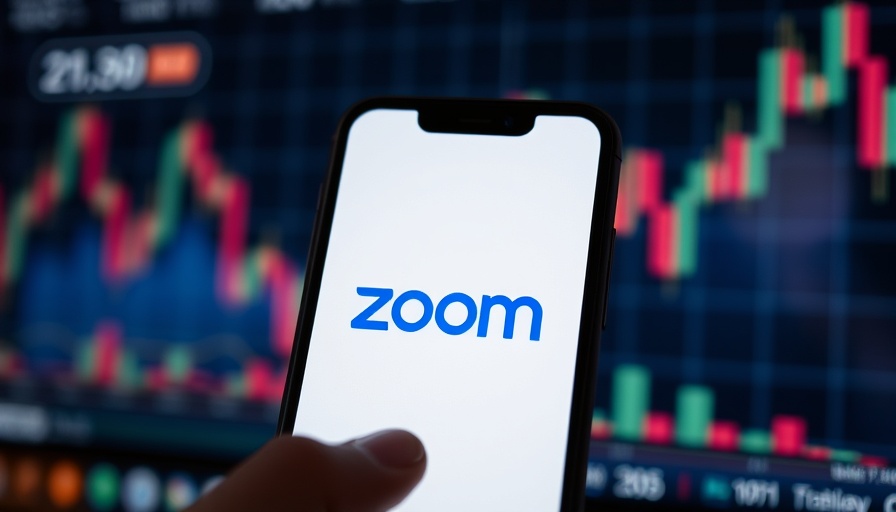
Outage Impacting Zoom Users and Businesses
On April 16, 2025, tens of thousands of Zoom users experienced significant outages, stalling meetings and disrupting remote work across diverse sectors. Issues began surfacing around 2:38 p.m. ET, with reports indicating that by 3:08 p.m. ET, over 60,000 users were facing problems. According to Downdetector, 46% of these issues pertained to the website, while 38% affected the app itself.
The Implications of a Sudden Outage
As businesses increasingly rely on digital platforms for communication, an outage like this can cause severe disruptions. Many organizations, including major companies like Capital One and Glassdoor, utilize Zoom for critical meetings. With a reported 300 million daily active users and approximately 192,600 business clients, the scale of this outage highlights the reliance on such technologies for remote work, especially given that a substantial portion of the workforce operates from home.
Social Media Reaction and User Experience
The immediate response to the Zoom outage quickly filled social media platforms like X. Users took to the platform to express their frustrations, joys, and even panic through GIFs. Posts questioning whether Zoom was down for anyone else echoed the sentiment of the day. This highlights how interconnected people feel with these digital tools, as their failures become shared experiences.
Zoom's Acknowledgment and Response
In the midst of this chaos, Zoom quickly acknowledged the issue through their channels, confirming that they were working on a resolution. However, as of the reporting time, their status page was also unavailable, further complicating communication during the incident. The crucial question is whether such companies are prepared for these outages and how they plan to bolster their operations to prevent future occurrences.
What's Next for Zoom Users?
The outage not only raises immediate concerns for businesses during crucial hours but also emphasizes the importance of contingency plans. Understanding how companies can better prepare for such technological hiccups is now more essential than ever.
Conclusion: As businesses adapt to the evolving digital landscape, knowing how to navigate disruptions is crucial. It’s an opportunity to rethink communication strategies. Stay connected and inform your teams on best practices for digital communication. Preparing for such interruptions could minimize future impacts and sustain productivity.
 Add Row
Add Row  Add
Add 

 Add Row
Add Row  Add Element
Add Element 




Write A Comment